We all know the gospel story of the friends who brought a paralyzed man on a stretcher to Jesus but couldn’t get through the crowd (Luke 5:17-39). The friends’ particular virtue was their resolve to get the paralytic to Jesus—no matter what.
Their human resolve is amazing, but the key to this man’s healing was something more than friendship: “When he saw their faith…” (v. 20), Luke says. It was the faith of the friends that led to the healing, not the faith of man himself. Interesting.
The other amazing element of the story was that Jesus forgave the man’s sins before He healed his paralysis.
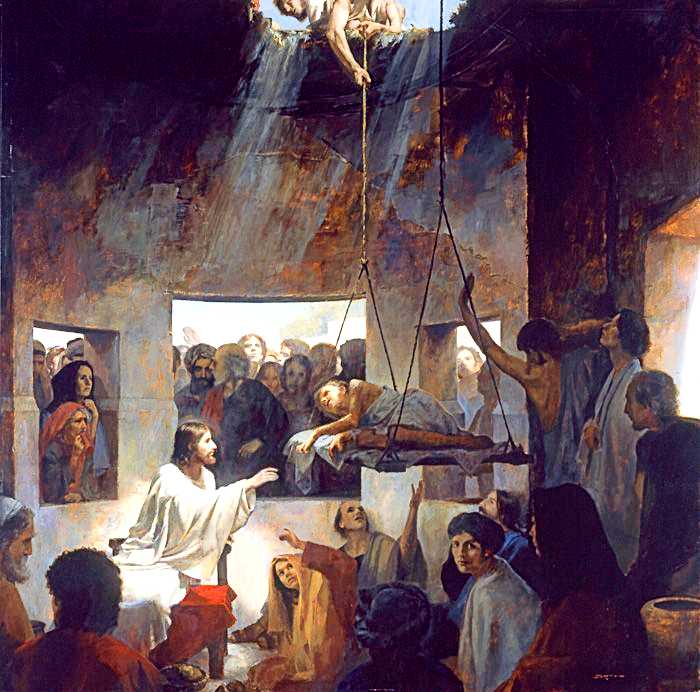
Moral Healing
Here is a very fine distinction we must always keep in mind as Christians: Jesus has the power to heal the body, but He knows that our need for inner healing often takes precedence over our bodily ailments. He doesn’t always answer prayers for physical healing.
That can be a bitter pill to swallow because we want Him to take away our loved ones’ pains and traumas—right now! But there is also a great mystery at work here. It is the mystery of moral healing, which is much more important in God’s mind than physical healing.
Encounters with Christ
Moral healings are those that don’t affect the body as a direct cause—they are restorations of souls eaten away by sin. And we usually call these healings conversions.
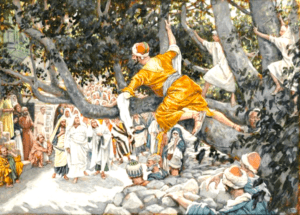 The gospel shows us a ton of these, and all of them have one thing in common: a direct personal encounter with Christ.
The gospel shows us a ton of these, and all of them have one thing in common: a direct personal encounter with Christ.
- He healed nefarious tax collectors such as Matthew and Zaccheus;
- He rectified the lives of the dissolute, the possessed, and other criminal elements like the Good Thief and Mary Magdalene, who had seven demons in her, Luke 8:2;
- He also transformed and reoriented misguided fanatics like St. Paul and Simon the Zealot.
Not a one of them needed healing from a bodily ailment. All of these were moral healings. Furthermore, these were not just imperfect people. They were pretty hardened sinners who had instant conversions upon meeting Jesus.
If we see sin as a sort of spiritual leprosy, we can imagine forgiveness as inner healing: when the spiritual sickness is purged, the sinner is restored to spiritual health. It’s that simple.
But to be healed, you must come to Jesus. Or be brought to Him.
The Need for Intercession
 Direct physical contact with Jesus is no longer possible, but mystical contact is. This type of contact happens through prayer or intercession.
Direct physical contact with Jesus is no longer possible, but mystical contact is. This type of contact happens through prayer or intercession.
Physically ill people know they’re ill, but spiritually ill people usually have a good capacity to deny their illness and proceed down the wide path to hell with a smile on their faces. So, oftentimes, sinners, like the paralytic in the gospel who couldn’t bring himself to Jesus by his own power, need to be brought to Him.
The following short stories are meant to show the power of grace through other people’s prayers, their direct intercessions for sinners, and their Christ-like examples. A few other stories show the power of the Church’s prayer through the sacraments.
Above all, these stories are meant to remind us that we ourselves have a role to play in bringing wayward souls to Christ, and we should never, ever let up interceding for sinners!
Converted by a Preacher, a Scripture, and a Mother: Augustine of Hippo
The greatest intellect in the first thousand years of church history was St. Augustine of Hippo (354-430 AD) who by no means started out life as a saint. He was morally dissolute and spiritually an unbeliever….until. Until he met the persuasive preacher, St. Ambrose of Milan, who may not have been Augustine’s equal in intellect, but preached with fire in his belly and a convincing, pure love for Christ. Ambrose’s passion drew Augustine powerfully to the Christian faith. In time, Augustine had a mystical experience where he was directed to read scripture. He opened to the passage of Romans 13:14 which read, in short, “Make no provisions for the desires of the flesh….” That encounter with the Word of God brought him to complete conversion. The deepest cause for Augustine’s conversion, however, was undoubtedly the years of prayer and suffering that his mother, St. Monica, offered for her son’s salvation. Monica acted the part of the men who lowered their sick friend into Jesus’ presence.
Converted by Baptism: Olga of Kiev
 Vladimir, the man who would convert the entire nations of Russia and Ukraine to the Christian faith, was highly influenced toward his own conversion by his grandmother Olga (890-969). I wrote about her in a previous Sacred Windows article. Dear grandmother, however, had not been so saintly before her conversion, either. She, in fact, had been a mass murderer. As Queen, she brutally put to death whole groups of her enemies and all the people who had caused the death of her husband. On a diplomatic trip to Constantinople, however, she consented to receive Baptism in the Eastern Church for political reasons, but from there, she had a total conversion of heart to Christian faith and conduct. The prayer-filled power of the Church’s sacraments brings an immense shower of grace into people’s lives, and in this case its ripple effect led to the conversion of her grandson and then to whole nations.
Vladimir, the man who would convert the entire nations of Russia and Ukraine to the Christian faith, was highly influenced toward his own conversion by his grandmother Olga (890-969). I wrote about her in a previous Sacred Windows article. Dear grandmother, however, had not been so saintly before her conversion, either. She, in fact, had been a mass murderer. As Queen, she brutally put to death whole groups of her enemies and all the people who had caused the death of her husband. On a diplomatic trip to Constantinople, however, she consented to receive Baptism in the Eastern Church for political reasons, but from there, she had a total conversion of heart to Christian faith and conduct. The prayer-filled power of the Church’s sacraments brings an immense shower of grace into people’s lives, and in this case its ripple effect led to the conversion of her grandson and then to whole nations.
Converted by Episcopal Consecration: Thomas Becket
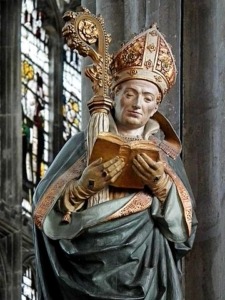 Thomas Becket (1120-1170) was the Archbishop of Canterbury when he was martyred for his faith, but he was every bit the playboy noble and worldly cleric prior to receiving episcopal consecration. Becoming a bishop did something to him, and I’m sure the prayers of his own flock contributed to his conversion. He was appointed Lord Chancellor of the Realm and Archbishop by his drinking buddy, King Henry II, who thought Beckett would be a rubber stamp for government power over the Church. Not so! After consecration, Becket adopted an ascetical lifestyle and began to insist on the rights of the Church over against government intrusions. An off-hand comment of the king asking who would “free him of this meddlesome cleric” led to Becket’s bloody murder in the sanctuary of his own cathedral. If he had remained just a worldly cleric, no one would know him, but he was converted by the highest degree of holy orders.
Thomas Becket (1120-1170) was the Archbishop of Canterbury when he was martyred for his faith, but he was every bit the playboy noble and worldly cleric prior to receiving episcopal consecration. Becoming a bishop did something to him, and I’m sure the prayers of his own flock contributed to his conversion. He was appointed Lord Chancellor of the Realm and Archbishop by his drinking buddy, King Henry II, who thought Beckett would be a rubber stamp for government power over the Church. Not so! After consecration, Becket adopted an ascetical lifestyle and began to insist on the rights of the Church over against government intrusions. An off-hand comment of the king asking who would “free him of this meddlesome cleric” led to Becket’s bloody murder in the sanctuary of his own cathedral. If he had remained just a worldly cleric, no one would know him, but he was converted by the highest degree of holy orders.
Converted by the Prayers of a Teenager: a Vile Murderer
In 1887, the 14-year-old future saint, Therese Martin (of Lisieux), read the dreadful story of a convicted murderer named Henry Pranzini. He was Egyptian by birth 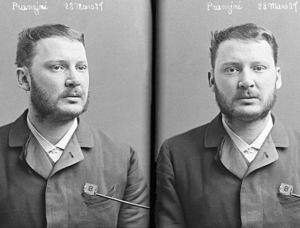 but had been a wandering miscreant all over Europe accused of crimes everywhere he went. Finally, he settled in Paris and was arrested for the heinous butcher-knife murder of two prostitutes and a child. Therese was given the grace to pray and sacrifice for this man’s soul because she intuitively sensed that he would be lost due to his lack of contrition. She asked God for a sign of his repentance, and on the day he was executed, as he was being led to the guillotine, he turned to a priest who was there and asked for a crucifix, which he reverently kissed three times before he broke down weeping in repentance on the scaffold. Therese had her sign.
but had been a wandering miscreant all over Europe accused of crimes everywhere he went. Finally, he settled in Paris and was arrested for the heinous butcher-knife murder of two prostitutes and a child. Therese was given the grace to pray and sacrifice for this man’s soul because she intuitively sensed that he would be lost due to his lack of contrition. She asked God for a sign of his repentance, and on the day he was executed, as he was being led to the guillotine, he turned to a priest who was there and asked for a crucifix, which he reverently kissed three times before he broke down weeping in repentance on the scaffold. Therese had her sign.
Converted by His Own Victim: Maria Goretti’s Murderer
Twenty-year-old Alessandro Serenelli was the impetuous Italian youth who in 1902 tried to violate the 11-year-old child, Maria Goretti. When the girl adamantly refused his numerous advances, telling her attacker that he would go to hell if he did the deed, he stabbed her 14 times. Even as she was dying she forgave him and expressed her wish that he would be in heaven with her. Serenelli was sentenced to 30 years in prison. Years later Maria visited him in a dream and reiterated her forgiveness, which he claims led to his total conversion. After his release from prison he worked as a common laborer but then entered a Franciscan Capuchin community where he was eventually accepted as a religious brother. Astonishingly, in 1950 Serenelli attended the canonization ceremony of the girl he had murdered.
Converted by Kindness: the Infamous Commandant of Auschwitz
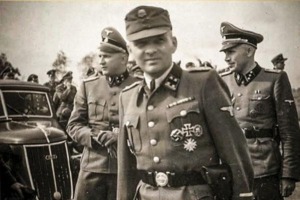 A Catholic by birth and upbringing, Rudolf Hoess attended a speech of Adolf Hitler in the early 1920s and afterward decided to renounce his faith and join the Nazi Party. He eventually became Commandant of the Auschwitz death camp in Poland where he was the effective instrument for the extermination of well over a million Jews. He personally condemned Maximilian Kolbe to death by starvation in place of another prisoner.
A Catholic by birth and upbringing, Rudolf Hoess attended a speech of Adolf Hitler in the early 1920s and afterward decided to renounce his faith and join the Nazi Party. He eventually became Commandant of the Auschwitz death camp in Poland where he was the effective instrument for the extermination of well over a million Jews. He personally condemned Maximilian Kolbe to death by starvation in place of another prisoner. 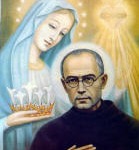
Converted by a Relentless Priest: the Gestapo Commander
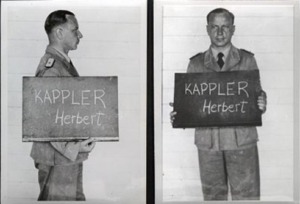 Colonel Herbert Kappler was the Gestapo agent in charge of enforcing the deportation of Jews from the city of Rome during the Second World War. Kappler repeatedly tried to capture and kill an Irish priest named Fr. Hugh O’Flaherty, who hid Jews and other allies inside the Vatican walls and produced official Vatican passports so they could flee to safety.
Colonel Herbert Kappler was the Gestapo agent in charge of enforcing the deportation of Jews from the city of Rome during the Second World War. Kappler repeatedly tried to capture and kill an Irish priest named Fr. Hugh O’Flaherty, who hid Jews and other allies inside the Vatican walls and produced official Vatican passports so they could flee to safety. 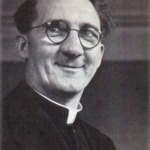 The priest is credited with saving 6500 people from the Nazi terror. When Kappler himself was imprisoned at the end of the war, he asked to see O’Flaherty, who was his only visitor. The priest traveled every single month for more than five years to Gaeta prison (70 miles south of Rome) to meet with Kappler. They became fast friends. In time, because of the priest’s visits, Kappler, who had been raised Protestant, rekindled his Christian faith and was even received into the Catholic Church by the same Fr. O’Flaherty in 1949.
The priest is credited with saving 6500 people from the Nazi terror. When Kappler himself was imprisoned at the end of the war, he asked to see O’Flaherty, who was his only visitor. The priest traveled every single month for more than five years to Gaeta prison (70 miles south of Rome) to meet with Kappler. They became fast friends. In time, because of the priest’s visits, Kappler, who had been raised Protestant, rekindled his Christian faith and was even received into the Catholic Church by the same Fr. O’Flaherty in 1949.
Converted by Last Rites and Confession: Timothy McVeigh
Two hours before his execution on June 11th, 2001, the Oklahoma City Bomber, Timothy McVeigh, asked to see a priest and received the sacraments of Extreme Unction and Confession. McVeigh was convicted of killing 168 people (including 19 children) in the 1995 bombing of the Alfred P. Murrah Federal Building in Oklahoma City. Faced with imminent death, he confessed his sins to Fr. Ron Ashmore, the pastor of the local Catholic parish in Terre Haute, Indiana. Fr. Ashmore had met McVeigh and exchanged letters with him, but the prisoner had never asked for any sacraments prior to that last moment. As we have seen, God’s mercy is not denied to anyone who repents…even if they are guilty of mass murder.
Friends of the Paralytic
The lessons of these stories are simple. Prayers, intercession, and good example actually do have a mysterious effect on the lives of people we would consider lost to sin. In God’s plan, no one is beyond hope while still in this life.
Only God knows the heart of the sinner, and only He knows what will penetrate the armor of sin that sometimes surrounds it. But God sees the chinks and the slight openings for grace.
For our part, we act the role of the friends of the paralytic in the gospel. We get them to Jesus—no matter what!
———-
[Note: This article is a reproduction of the Sacred Windows Email Newsletter of 3/10/24, so it does not end with the regular Soul Work section. Please visit our Newsletter Archives.]
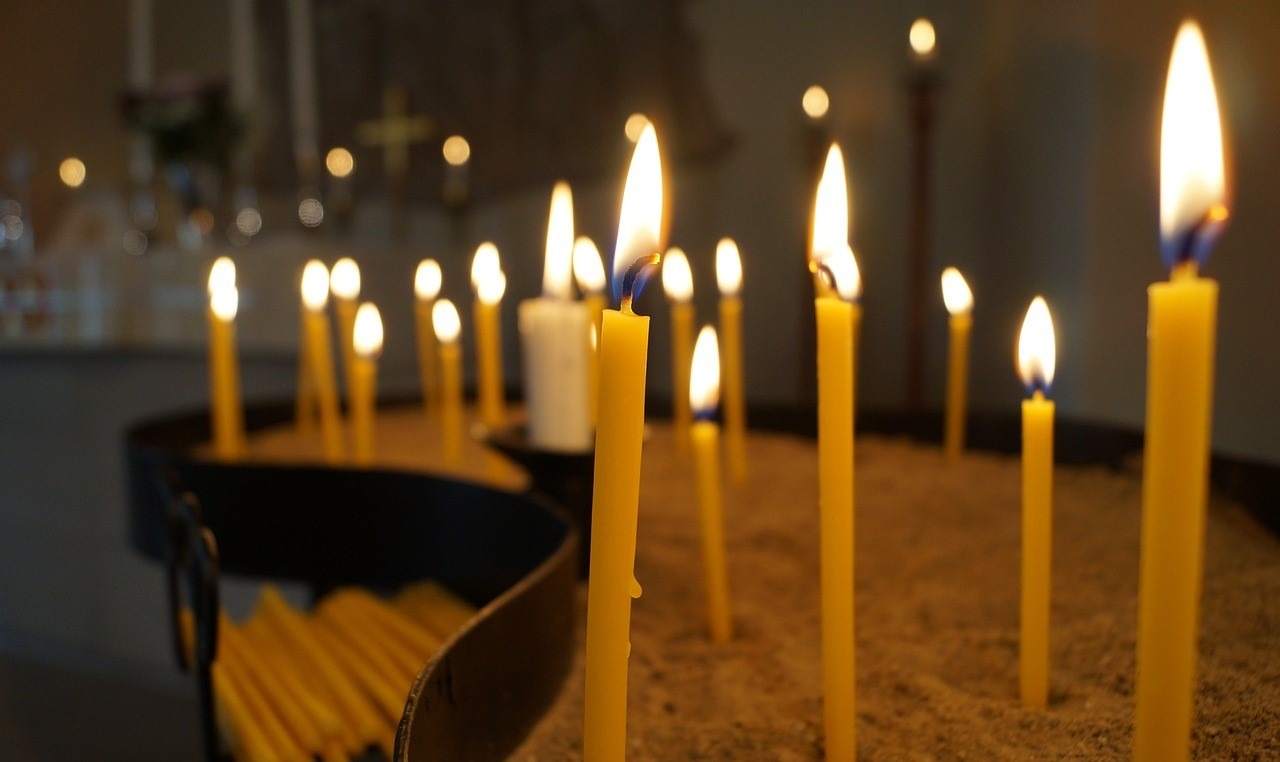
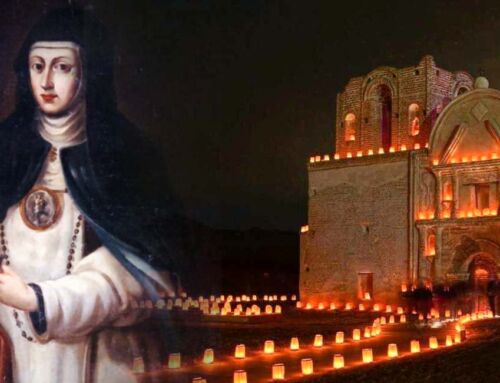

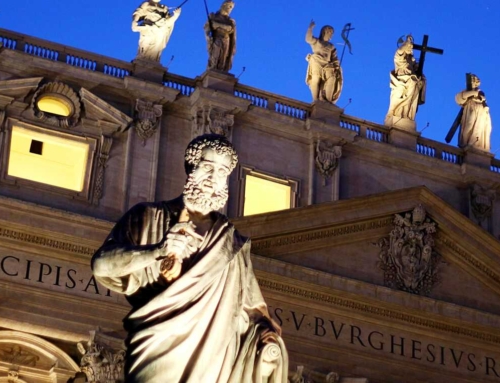
Leave A Comment